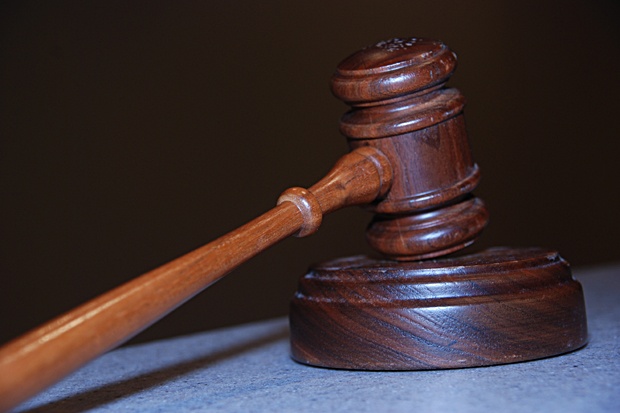eDiscovery Daily Blog
eDiscovery Case Law: Court Rules 'Circumstantial Evidence' Must Support Authorship of Text Messages for Admissibility

When are text messages admissible in court? Which text messages qualify as evidence, and what does it take to prove authorship of a text message?
A recent opinion from the Pennsylvania Superior Court, Commonwealth v. Koch, No. 1669-MDA-2010, 2011 Pa. Super. LEXIS 2716 (Sept. 16, 2011), addresses these very issues in an old yet new way, perhaps setting the precedent for future cases and opening what seems to be a potential Pandora’s Box of obstacles to the use of text messages as legal evidence.
- In Commonwealth v. Koch, a transcript of thirteen SMS text messages were submitted by the prosecution and admitted into evidence. Although these text messages had been sent from a cell phone owned by the defendant, defense objected to their admission on the grounds that no evidence substantiated the defendant’s authorship of the text messages in question.
- In fact, witnesses had testified that other people had been seen using the cell phone. Several of the thirteen text messages referred to the defendant in the third person, which substantiated the defendant’s claim that she had not written or sent the text messages.
- The court concluded based on case history that “emails and text messages are documents and subject to the same requirements for authenticity as non-electronic documents generally” and found that the evidence that the defendant had authored these text messages was absent.
- Ruling that the defendant’s ownership of the cell phone was not enough to prove that she had sent the messages in question, the court declared that parties seeking to introduce electronic materials, such as cell phone text messages and email, must be prepared to substantiate their claim of authorship with “circumstantial evidence” that corroborates the sender’s identity. That evidence may come in the form of testimony from the sender or recipient, testimony of witnesses to the creation of the correspondence, or even “contextual clues” in the message itself.
Where written correspondence may be subjected to questioning (e.g., signatures can be forged or letterhead copied), eDiscovery materials that clearly come from a given email account or cell phone source have been historically less open to scrutiny. However, since cell phones and even email accounts may be shared (or hacked), this could leave room for argument, as in this case, that the correspondence in question did not originate with the party who appears to have sent it.
In one respect, applying the old standard of evidence to new ESI materials, such as text messages might make sense. On the other hand, doing so also opens the door for defense attorneys to use the same tactic to remove text messages and email correspondence from evidence – whether or not they are legitimately relevant in court – based on the extreme challenge of proving the issue of authorship.
So, what do you think? Was the court right in ruling against the admission of these text messages as evidence? Does this decision create more eDiscovery problems than it solves? Please share any comments you might have or if you’d like to know more about a particular topic.
